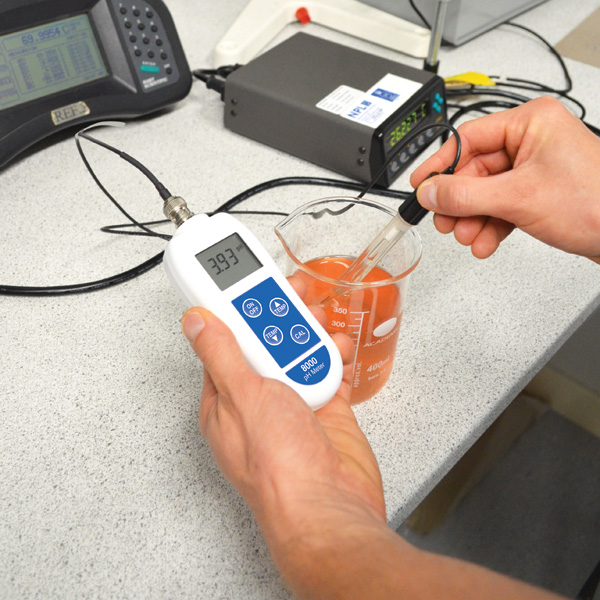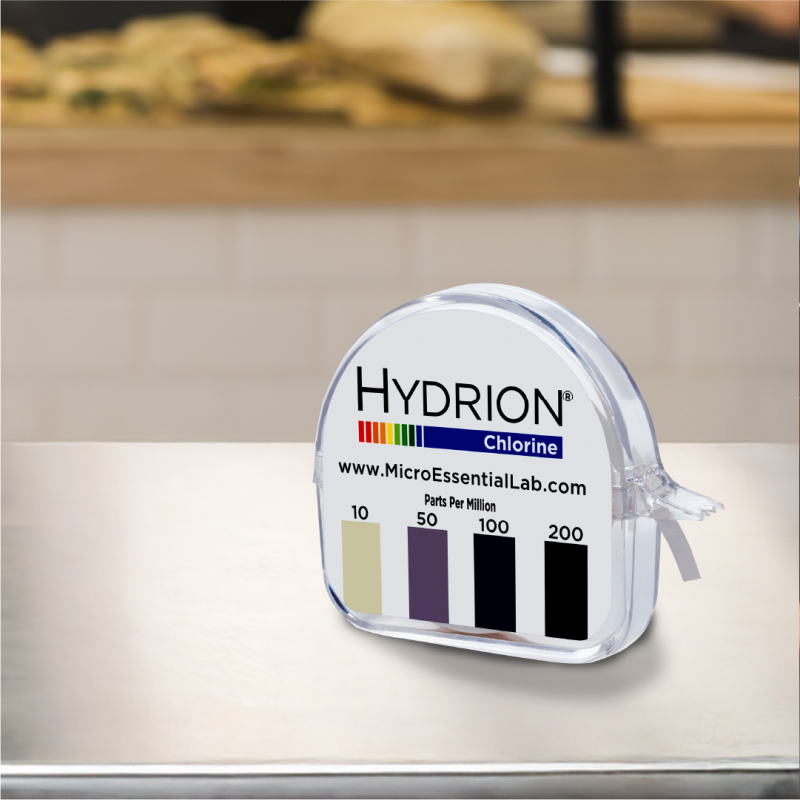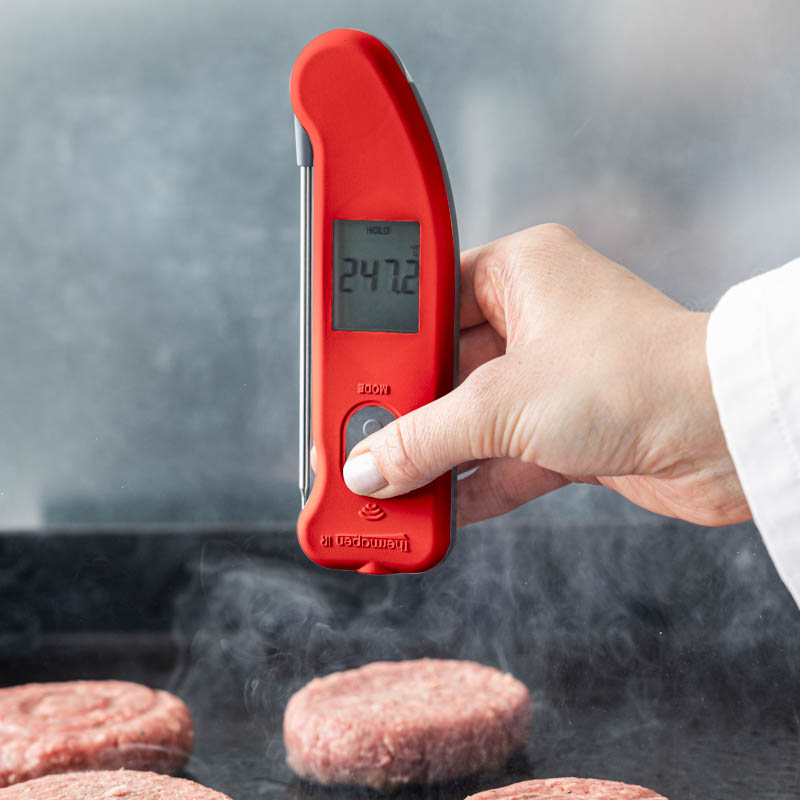Food Safety
Foodstuffs, Cosmetic and Disinfectants Act, 1972 (Act No. 54 of 1972) Regulations Governing General Hygiene Requirements for Food Premises, The Transport of Food and Related Matters
Instruments to assist with complying:
Ensuring food safety is paramount for any food business, from small-scale operations to large-scale restaurants. By utilizing the right tools and following strict protocols, you can effectively mitigate risks and protect public health. Here’s a breakdown of essential tools to assist with food safety compliance:
Temperature Monitoring and Control Thermometers:
Probe Thermometers: These versatile tools are indispensable for measuring the internal temperature of food items, ensuring they reach and maintain safe temperatures.
Infrared Thermometers: Ideal for quickly measuring surface temperatures of hot or cold foods, these thermometers provide real-time feedback.
Fridge/Freezer Thermometers: Regularly monitor the temperature of refrigeration and freezing units to prevent foodborne illness.
Wall Thermometers and Hygrometers: These tools help maintain optimal temperature and humidity levels in storage areas.
Sanitation and Hygiene Sanitizer Test Strips: Verify the effectiveness of cleaning solutions to ensure proper sanitation.
pH Meters: Measure the acidity or alkalinity of food products, especially important for preserving foods like pickles and sauces.
DishTemp Thermometers: Monitor the temperature of dishwashing water to ensure effective sterilization.
Food Safety Testing Oil Test Strips: Assess the quality of frying oil to prevent the formation of harmful compounds.
Transportation and Storage Data Loggers: Track temperature fluctuations during transportation and storage to ensure food safety.
Best Practices for Food Safety Accurate Record Keeping: Maintain detailed records of temperature readings, pH measurements, and other critical data.
Regular Calibration: Calibrate thermometers regularly to ensure accuracy.
Proper Cleaning and Sanitization: Adhere to strict cleaning and sanitizing procedures to prevent cross-contamination.
Employee Training: Provide thorough training to staff on food safety principles, temperature control, and proper use of equipment.
By investing in the right tools and implementing effective food safety practices, you can protect your customers, maintain a positive reputation, and comply with regulatory requirements






